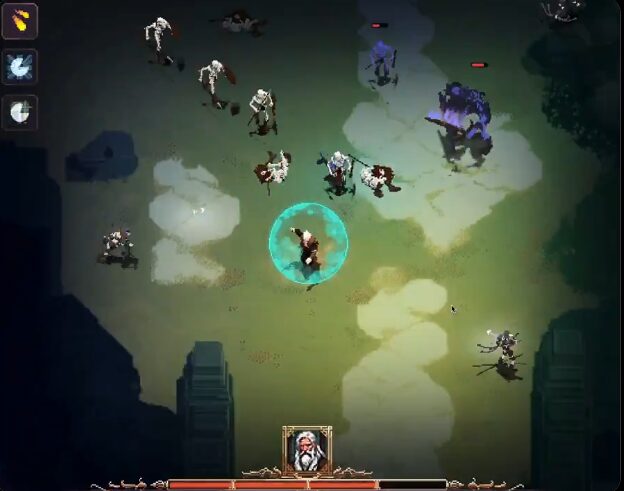Grok is insane…
Let’s just get that out of the way. What xAI has cooked up with Grok isn’t merely an incremental step in AI. It’s a leap that genuinely feels like it’s straight out of a sci-fi novel. We’ve seen AI generate text, images, even music, but the recent revelations surrounding Grok’s capacity to conjure entire, playable video game worlds, and the implications that carries, are truly mind-bending. The line between what’s real and what’s rendered by an algorithm is dissolving faster than anyone anticipated.
Ultimately, it’s just going to be:
— Elon Musk (@elonmusk) July 13, 2025
Input Bitstream -> Feedback -> Output Bitstream
Tesla already does the first two steps in the car and has also been able to generate real-world video for a few years. Just need to widen the aperture for a far broader variety of bit IO…
At its core, Grok is an AI with a frankly ridiculous array of capabilities. We’re talking advanced reasoning, complex mathematics, and coding prowess that would make seasoned developers blush. Its unique, real-time integration with X gives it an immediate pulse on the world, making it not just smart, but aware in a way few other models can claim. It’s an intelligence that learns on the fly, adapts, and converses with a distinct personality. A far cry from the polite, often bland, assistants we’ve grown accustomed to.
But the truly jaw-dropping aspect, the one that makes you pause and rub your eyes, is Grok’s burgeoning talent for game creation. Imagine this: natural language prompts feeding into an AI that then spits out not just concepts, but actual game code, fully realized assets, and fluid animations. Grok 3, and certainly Grok 4, isn’t just assisting. It’s literally building interactive experiences from the ground up. The sheer ease with which it can manifest intricate 3D environments, design character interactions, and even implement physics engines is nothing short of revolutionary for game development.
And it gets wilder. Grok isn’t just making pretty pictures. It’s generating dynamic gameplay. Think procedurally generated levels that scale in difficulty, complete with “smart movement” enemies that aren’t just random sprites but genuinely react. It can handle complex game logic and even craft specific game genres, from simple arcade clones to prototypes mirroring “Grand Theft Auto-style projects.” With “Grok Studio,” the idea of non-coders creating fully functional browser-based games from pure imagination is no longer a pipe dream. It’s a tangible reality right now.
The aggressive roadmap for Grok. A coding-specific AI next month, a multimodal agent soon after, and full video generation capabilities by October, isn’t just ambitious. It feels almost inevitable, accelerating us towards a future where AI’s creative output could potentially rival, or even surpass, human teams in terms of sheer volume and complexity. It’s hard to imagine the limits when the tools themselves are constantly evolving at such a pace.

And that brings us back to Elon Musk’s tweet from July 13, 2025. “After talking to the @xAI team late one night about this, I thought damn we’re probably in a sim right now :/”. When an AI can so seamlessly, and with such apparent ease, construct entire, convincing virtual worlds that are interactive and dynamic, how can we not entertain the thought? If Grok can create realities, what makes our reality any different? The disbelief isn’t just about the technology anymore. It’s about the very nature of existence itself. It’s a question that, frankly, keeps you up at night.
Source: For the original quote and further insights into AI, simulation theory, and Grok’s capabilities, follow Elon Musk’s official X account: @elonmusk.









Leave a Reply